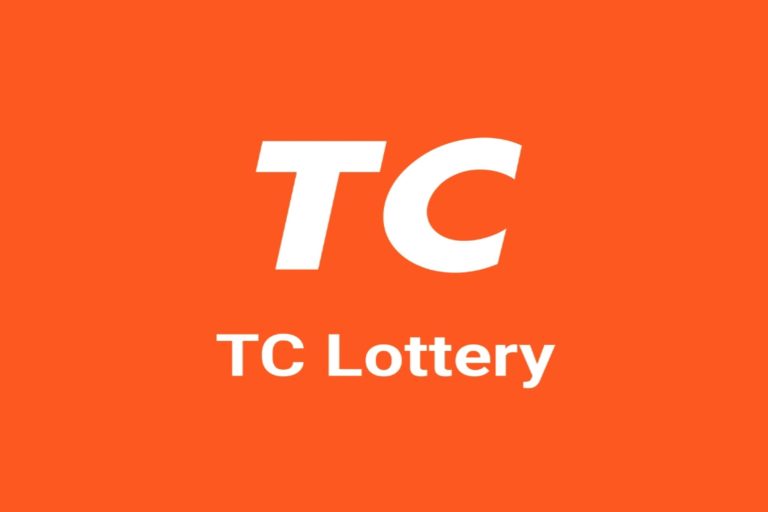
In the rapidly evolving field of healthcare, data plays a pivotal role in driving innovation, improving patient outcomes, and streamlining operations. The diverse nature of healthcare data presents both opportunities and challenges for stakeholders, from providers and patients to researchers and policymakers. Understanding the healthcare data types is essential for leveraging its potential while ensuring its proper management and utilization.
1. Clinical Data
Clinical data forms the backbone of healthcare information. It encompasses data collected during the course of patient care and treatment. Examples include:
● Electronic Health Records (EHRs): Comprehensive digital records of a patient’s medical history, diagnoses, treatment plans, and laboratory results.
● Patient-Generated Data: Information provided directly by patients, such as symptoms, lifestyle habits, and self-monitoring data from wearable devices.
● Medical Imaging: Radiology images, such as X-rays, MRIs, and CT scans, which are critical for diagnosis and treatment planning.
Clinical data is structured and standardized to ensure interoperability across systems, enabling seamless data sharing among healthcare providers.
2. Administrative Data
Administrative data relates to the operational and financial aspects of healthcare delivery. It includes:
● Billing and Claims Data: Information used for processing insurance claims and reimbursements.
● Provider Data: Details about healthcare professionals, including their credentials and affiliations.
● Utilization Data: Metrics related to healthcare services used, such as hospital admissions and outpatient visits.
This type of data is valuable for evaluating healthcare data types efficiency, resource allocation, and cost management.
3. Patient Demographics
Demographic data provides essential context for understanding and addressing population health. Key components include:
● Basic Information: Age, gender, ethnicity, and marital status.
● Socioeconomic Data: Income level, education, and occupation.
● Geographic Data: Place of residence, which may influence healthcare access and outcomes.
Demographics help in identifying health disparities and tailoring interventions to specific groups.
4. Public Health Data
Public health data focuses on the health status and behaviors of populations. Sources include:
● Disease Registries: Databases tracking conditions like cancer, diabetes, or infectious diseases.
● Surveillance Systems: Real-time monitoring of outbreaks and public health threats.
● Vital Statistics: Birth and death records, often used for epidemiological research.
Analyzing public health data aids in policymaking, resource planning, and the prevention of disease outbreaks.
5. Genomic Data
Genomic data provides insights into an individual’s genetic makeup. This information has revolutionized personalized medicine by enabling:
● Risk Assessment: Identifying genetic predispositions to certain diseases.
● Tailored Treatments: Developing therapies based on a patient’s genetic profile.
● Pharmacogenomics: Studying how genes influence drug responses.
The integration of genomic data with clinical information has the potential to transform healthcare by offering more precise and effective treatments.
6. Health Behavior Data
Health behavior data captures information about lifestyle and habits that impact health outcomes, such as:
● Diet and Nutrition: Dietary patterns and food choices.
● Physical Activity: Exercise frequency and intensity.
● Substance Use: Smoking, alcohol consumption, and drug use.
This data is crucial for designing preventive health strategies and promoting healthier lifestyles.
7. Research Data
Healthcare research generates vast amounts of data from clinical trials, observational studies, and laboratory experiments. Key types include:
● Trial Data: Results from testing new drugs, devices, or interventions.
● Observational Data: Insights gathered without intervention, such as longitudinal studies.
● Lab Data: Results from scientific research into diseases and treatments.
Research data drives innovation and helps in validating the safety and efficacy of healthcare advancements.
8. IoT and Wearable Data
The proliferation of Internet of Things (IoT) devices and wearable technology has opened new frontiers in healthcare data. Examples include:
● Wearables: Smartwatches and fitness trackers that monitor heart rate, activity levels, and sleep patterns.
● Remote Monitoring Devices: Tools that track chronic conditions, such as glucose monitors for diabetics.
IoT and wearable data enhance patient engagement and support proactive health management.
9. Social Determinants of Health (SDOH)
SDOH data encompasses non-medical factors that influence health outcomes, including:
● Community Environment: Access to clean water, air quality, and housing conditions.
● Education and Employment: Levels of literacy and job security.
● Social Support Networks: Relationships and community involvement.
Incorporating SDOH into healthcare strategies can lead to more holistic and equitable care.
10. Administrative and Operational Data
Operational data supports the management of healthcare facilities and services. Examples include:
● Scheduling Data: Appointment bookings and resource allocation.
● Supply Chain Data: Inventory of medical supplies and equipment.
● Workforce Data: Information on staff productivity and workload.
Analyzing operational data improves efficiency and enhances patient experiences.
Challenges in Managing Healthcare Data
The diverse types of healthcare data come with unique challenges:
● Data Privacy and Security: Ensuring compliance with regulations like HIPAA to protect patient information.
● Interoperability: Facilitating seamless data exchange across systems and platforms.
● Data Quality: Addressing issues like incomplete, outdated, or inaccurate data.
● Scalability: Managing the growing volume and complexity of healthcare data.
Conclusion
Healthcare data types are as varied as the field itself, each offering unique insights and opportunities for improving health outcomes. By understanding and effectively managing these data types, stakeholders can unlock their full potential to enhance patient care, drive innovation, and promote public health. However, this requires a concerted effort to address challenges related to privacy, quality, and interoperability—ensuring that healthcare data becomes a powerful tool for advancing global health.


